Gamifying Physical Education: How Game-Based Learning Sparks Fun and Meaningful Engagement
Gopher Sport
APRIL 16, 2025
By thoughtfully integrating a variety of skills and activities, we ensure that every studentespecially those who identify as non-PE or non-athletehas the opportunity to achieve success, develop confidence, and ultimately discover their unique movement niche. I could see my students being more motivated by something like this.

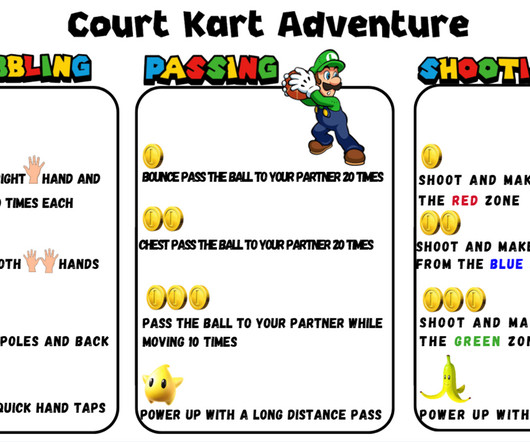
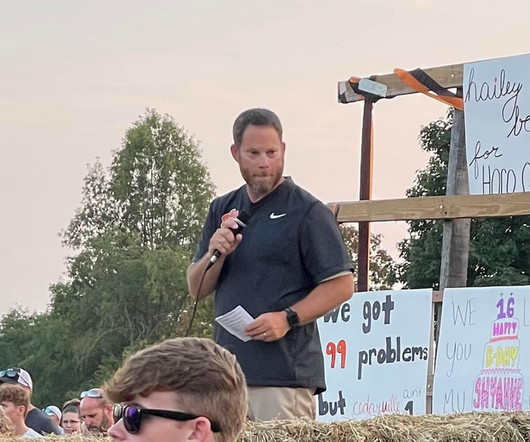
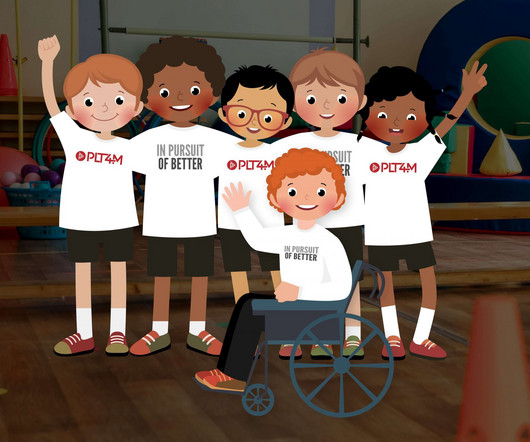

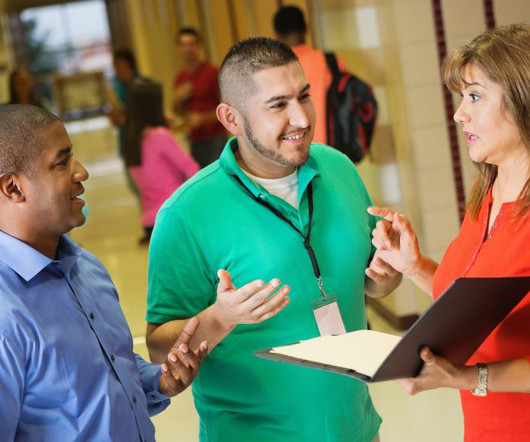
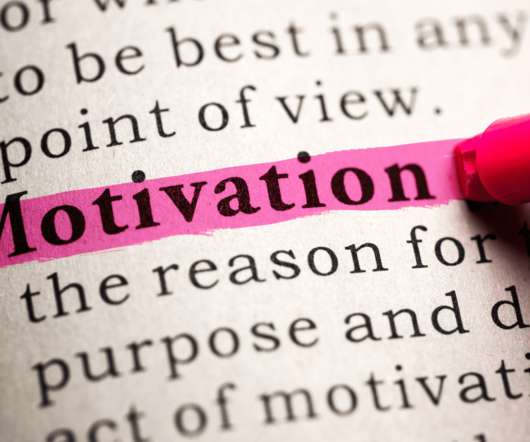
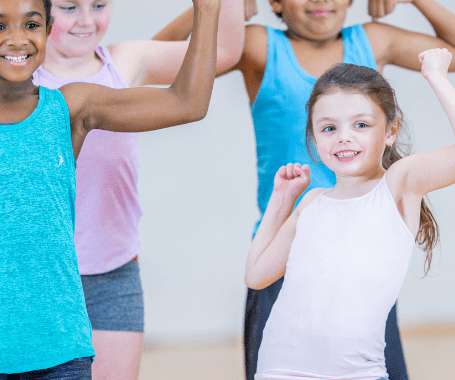
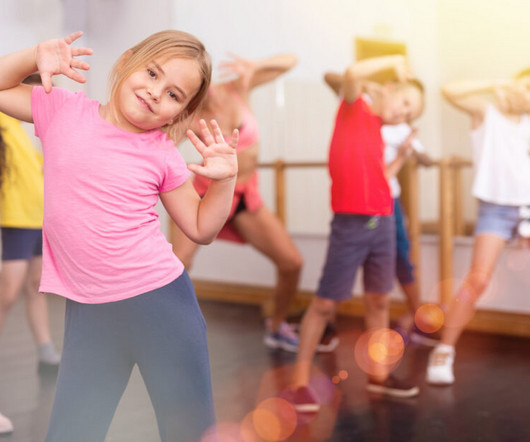
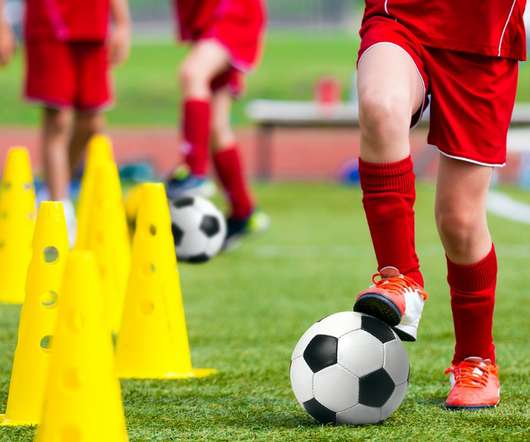
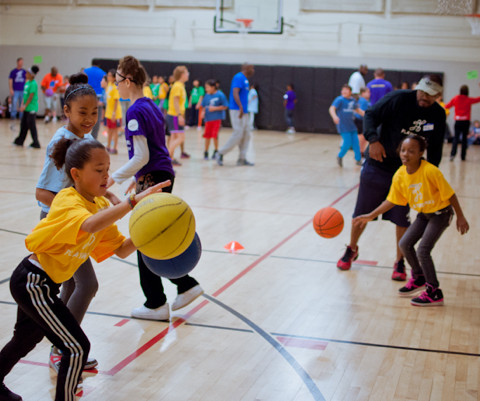
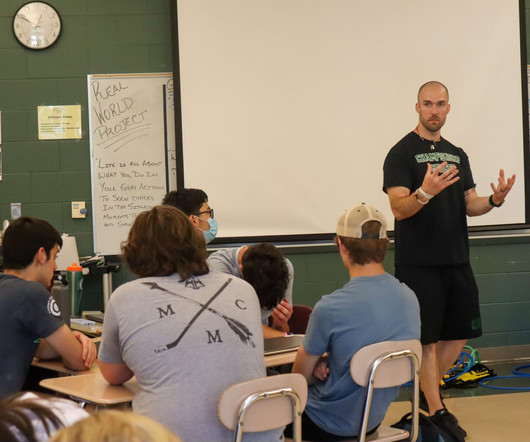

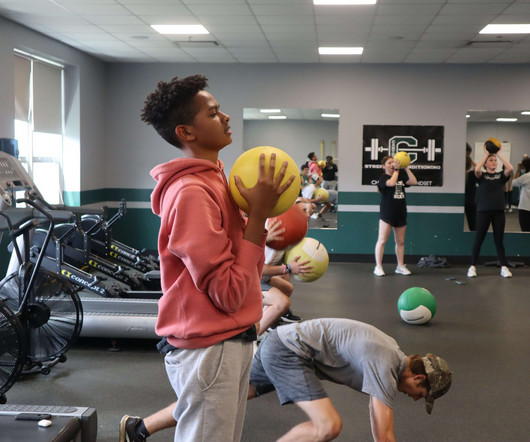






Let's personalize your content